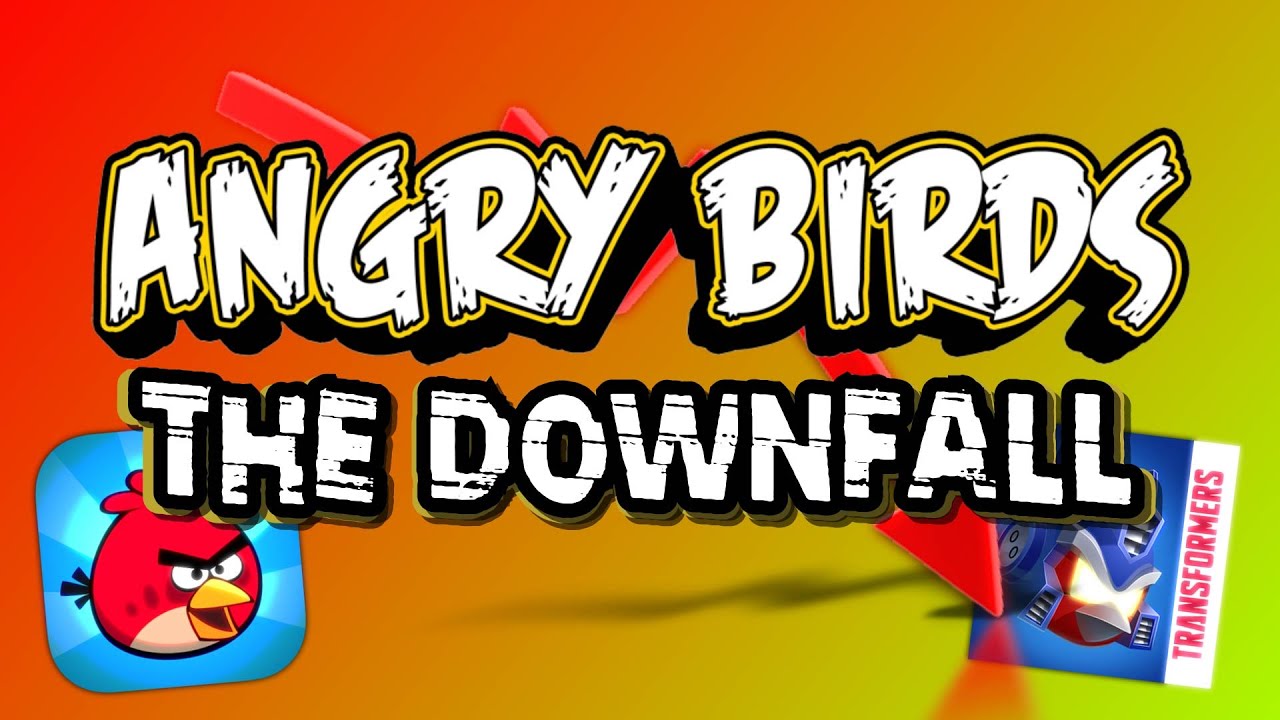Angry Birds was once the undisputed king of mobile gaming, with millions of people around the world spending countless hours launching birds at pigs. However, in recent years, the game has seen a decline in popularity. In this article, we will explore the reasons behind the downfall of Angry Birds and what lessons can be learned from its decline.
First, it’s important to understand why Angry Birds was so popular in the first place. When it was released in 2009, it was one of the first mobile games that were both easy to play and extremely addictive. The game’s simple mechanics, combined with its charming graphics and cute characters, made it accessible to people of all ages and backgrounds. As a result, Angry Birds quickly became one of the most popular mobile games in history.
However, as the years went by, the gaming landscape began to change. More and more mobile games were released, many of which were free to play and offered more complex gameplay and better graphics than Angry Birds. This made it increasingly difficult for Rovio, the company behind the game, to maintain its dominance in the market.
Another factor that contributed to the downfall of Angry Birds was the game’s lack of innovation. Although Rovio released several sequels and spin-offs, these games were largely more of the same. Players quickly became bored with the same gameplay mechanics and the same characters, and as a result, they began to move on to other games.
In addition, Angry Birds faced stiff competition from social media games like Farmville and Candy Crush Saga. These games offered a similar level of accessibility and addictiveness as Angry Birds, but they also added a social element that made them even more compelling. Players could compete with friends and family members, share their progress on social media, and even receive rewards for inviting others to play.
Finally, Angry Birds also suffered from the changing demographics of mobile gamers. When the game was first released, most mobile gamers were young adults or teenagers. However, as smartphones became more ubiquitous, the demographics of mobile gamers began to shift. Today, the majority of mobile gamers are women over the age of 35. This demographic tends to prefer games that are more social and engaging, and they are less likely to be interested in games like Angry Birds that offer little in the way of social interaction.
In conclusion, the downfall of Angry Birds can be attributed to a combination of factors, including increased competition, lack of innovation, changing demographics, and the rise of social media gaming. However, despite its decline, Angry Birds remains a beloved classic that has left an indelible mark on the history of mobile gaming. Its simple mechanics and charming characters have inspired countless imitators, and its legacy will continue to live on for years to come.
